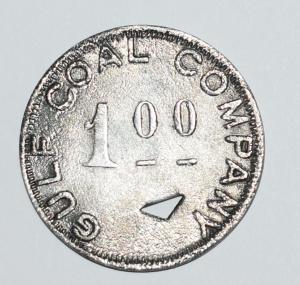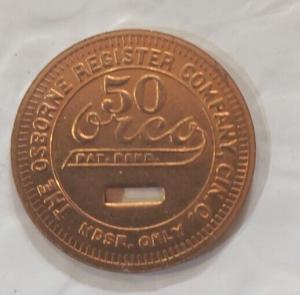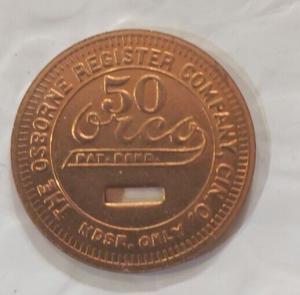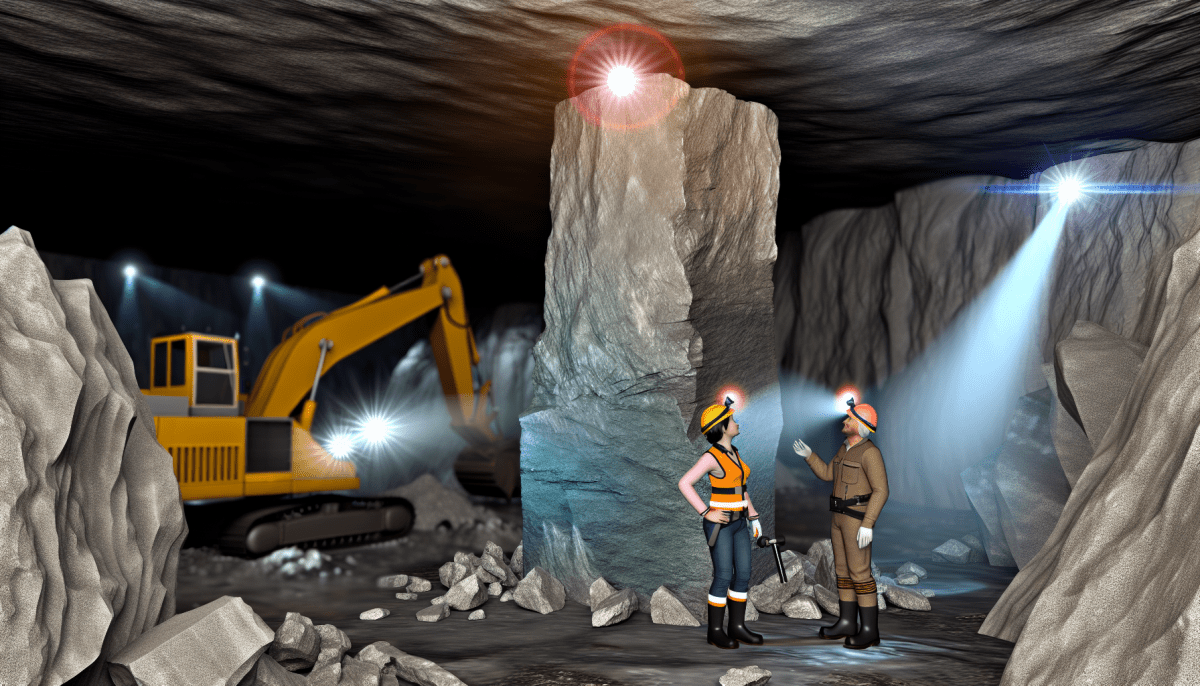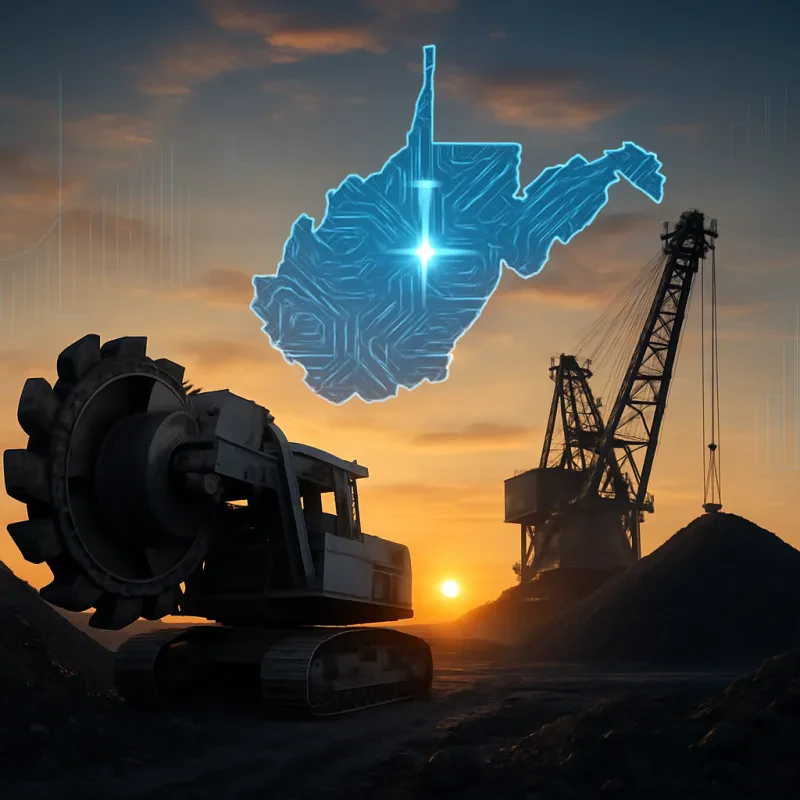The Comprehensive Guide to Room and Pillar Mining
Room and pillar mining, a fundamental method for mineral extraction, has a storied history that stretches back centuries. Its development is intertwined with the evolution of mining technology and the increasing demand for minerals.
Ancient Beginnings
The origins of room and pillar mining are difficult to pinpoint precisely, but evidence suggests that early civilizations used techniques akin to room and pillar mining for extracting salt, coal, and other minerals. Historical records and archaeological findings indicate that ancient civilizations, including the Romans and Egyptians, employed methods that involved excavating materials while leaving supports in place to prevent collapses, hinting at the primitive use of room and pillar concepts.
Industrial Revolution and Beyond
The method saw significant advancements during the Industrial Revolution in the late 18th and early 19th centuries. The burgeoning demand for coal to fuel steam engines, factories, and railways drove innovations in mining techniques. In Britain, widely considered the cradle of the Industrial Revolution, and subsequently in the United States, miners began to systematically implement the room and pillar method on a larger scale. This period marked a shift towards more organized and efficient mining operations, with room and pillar mining playing a crucial role in coal extraction.
Technological Advancements
The 20th century brought about technological advancements that transformed room and pillar mining. The introduction of mechanized equipment, such as continuous miners, significantly increased productivity and safety. Continuous miners allowed for the rapid excavation of rooms and the simultaneous collection of mined material, reducing the physical labor required and minimizing the exposure of workers to hazardous conditions.
Electrically powered shuttle cars and conveyor belts further improved the efficiency of material transport within mines. Additionally, advancements in roof support technology, including the use of roof bolts, enhanced the safety of room and pillar operations, allowing for the extraction of minerals from deeper and more challenging environments.
Modern Era
Today, room and pillar mining remains a vital part of the mining industry, particularly for coal, salt, and potash extraction. While the basic principles of the method have remained consistent, modern engineering and safety practices have greatly improved its efficiency and safety. Computer modeling and GPS technology now aid in the planning and monitoring of room and pillar operations, ensuring optimal pillar sizing and room layout to maximize recovery and maintain stability.
Moreover, environmental considerations have become increasingly important in room and pillar mining practices. Efforts to minimize surface subsidence and to ensure the sustainable recovery of mined areas reflect the industry's shift towards more responsible mining practices.
Understanding Room and Pillar Mining
Room and pillar mining is a method used primarily for extracting coal, salt, potash, and other minerals from underground. It is one of the oldest mining methods, known for its simplicity and effectiveness. The method involves excavating a series of "rooms" into the mineral seam, leaving "pillars" of untouched material to support the roof of the mine. This strategic excavation ensures the stability of the mine while allowing for the efficient extraction of minerals.
How Room and Pillar Mining Works
Room and pillar mining begins with the cutting of the mineral seam to create an initial "entry" or "gateway". From this entry, miners excavate a grid-like pattern of rooms, separated by pillars of coal or other mineral left intact to support the ceiling. As mining progresses, this pattern extends horizontally, creating a vast network of rooms and pillars.
Advantages of Room and Pillar Mining
- Safety: By leaving pillars to support the roof, the method provides an inherently safer environment for miners.
- Efficiency: It allows for the selective mining of high-quality minerals and the ability to leave lower-quality materials behind.
- Flexibility: The method is adaptable to varying mineral seam thicknesses and is suitable for shallow deposits.
Types of Room and Pillar Mining
Room and pillar mining can be categorized into two primary methods: conventional and continuous.
Conventional Room and Pillar Mining
This traditional form of mining involves drilling and blasting to create rooms, followed by manual loading of extracted materials onto conveyors or shuttle cars. It's labor-intensive and has been largely supplanted by more modern methods in many mines.
Continuous Room and Pillar Mining
Continuous mining involves the use of a machine that tears coal, salt, or other minerals from the seam while simultaneously loading it onto conveyors, significantly improving efficiency and reducing manpower requirements. This method has become increasingly popular due to its higher production rates and safety benefits.
Applications of Room and Pillar Mining
Room and pillar mining is predominantly used in the coal, salt, and potash industries. However, its application can vary based on the mineral being mined:
- Coal Mining: It is most commonly used in coal mining, where it's favored for its safety and efficiency in extracting coal seams.
- Salt Mining: In salt mining, the method allows for the precise extraction of large, high-quality salt blocks with minimal waste.
- Potash Mining: Similar to salt, the technique is employed in potash mines to extract valuable fertilizers with reduced environmental impact.
Geographic Locations
The use of room and pillar mining is not limited by geography but by the presence of suitable mineral deposits. It is prevalent in the United States, particularly in Appalachian coal fields, the Midwestern salt mines, and the Canadian potash fields. It is also common in European coal mines and various other locations worldwide where mineral deposits are found near the surface.
Room and pillar mining stands as a testament to the innovation and resilience of the mining industry. By balancing efficiency with safety, it continues to be a vital method for mineral extraction around the world. As the industry evolves, so too will the techniques and technologies used in room and pillar mining, ensuring its place in the future of mining for years to come.
